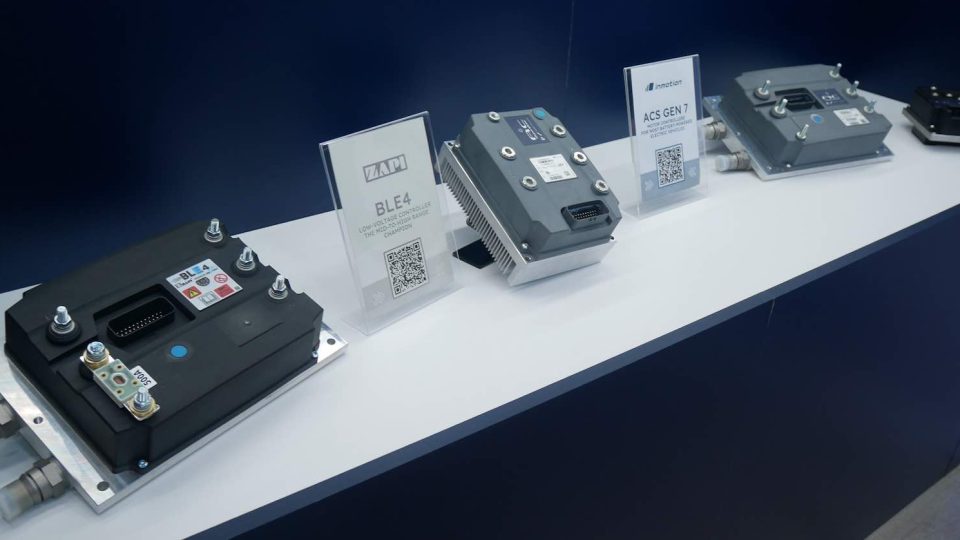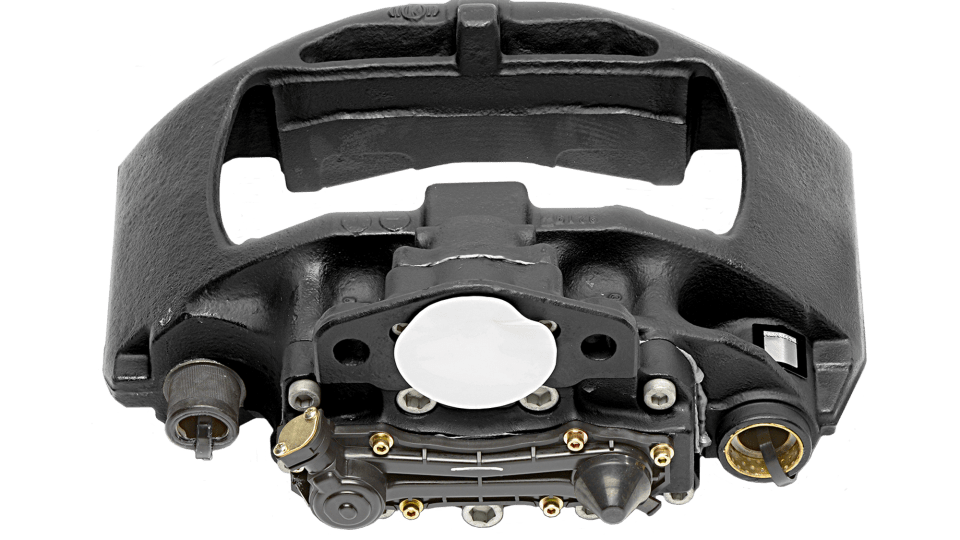CMBlu and Mann+Hummel together for sustainable battery storage
CMBlu Energy and Mann+Hummel signed an agreement for the joint development and industrialization of energy converters for organic redox flow batteries. The aim of both partners is to support electric mobility through the development of the charging infrastructure and offer the energy sector a sustainable storage technology for energy transition. MANN+HUMMEL ON SUSTAINABILITY AND INNOVATION […]
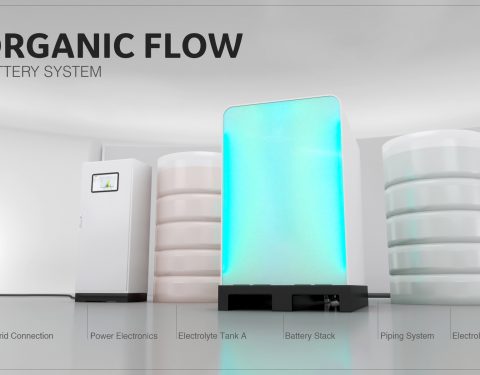
CMBlu Energy and Mann+Hummel signed an agreement for the joint development and industrialization of energy converters for organic redox flow batteries. The aim of both partners is to support electric mobility through the development of the charging infrastructure and offer the energy sector a sustainable storage technology for energy transition.
MANN+HUMMEL ON SUSTAINABILITY AND INNOVATION
From the lab to production
The idea for redox flow batteries with organic electrolytes derived from lignin (‘Organic Flow’) was already conceived in 2011 and since 2014 CMBlu has carried out research and development on it. These batteries consist of two tanks of liquid electrolyte and an energy converter, which consists of a large number of adjacent rows of cells and is therefore also referred to as a battery stack. The liquids are pumped through the battery stacks and is charged or discharged as required.
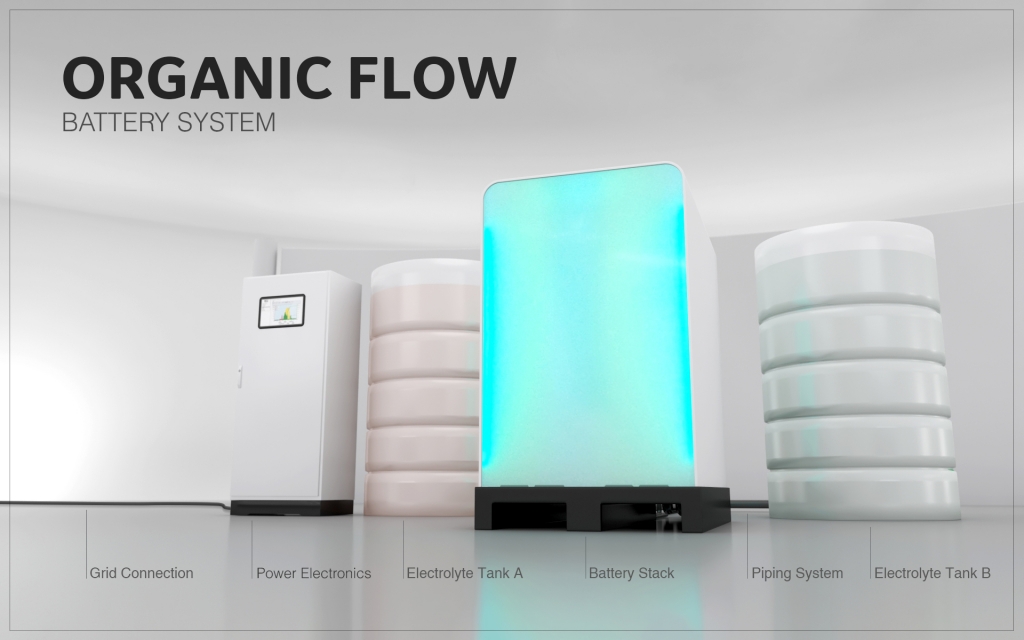
The technology developed by CMBlu has now reached the prototype stage. The further development and industrialization of the battery stack is regulated in the long-term cooperation agreement with Mann+Hummel. For this purpose Mann+Hummel has created a spin-off named i2M (innovation-to-market) dedicated to the development and commercialization of innovative technologies.
The next step is a complete production line in an European plant. CMBlu will realize special pilot projects with reference customers in the next two years. The first commercial systems will probably come in 2021.
Benefits of CMBlu Organic Flow Batteries
Similar to the principle of conventional redox flow batteries, CMBlu’s Organic Flow Batteries store electrical energy in aqueous solutions of organic chemical compounds derived from lignin that are pumped through the energy converter. The special feature of the flow batteries is that the capacity and electrical output can be scaled independently.
The number of stacks defines the output of the batteries. A higher number of stacks multiplies the output. This allows flexible customization to take into account the respective application area. For example, solar power can be stored for several hours and then fed into the grid at night.
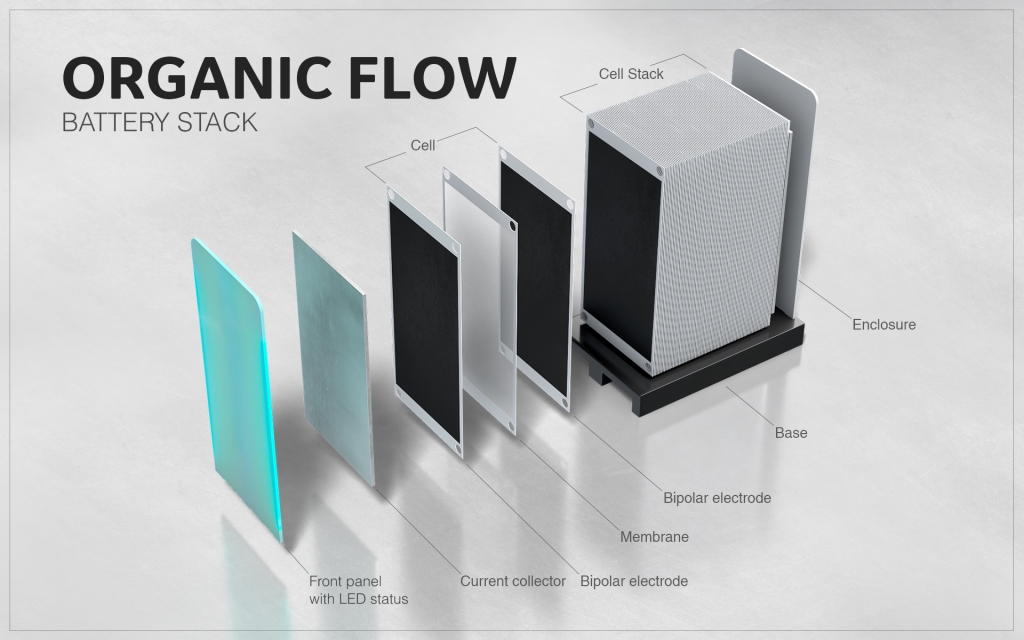
In order to achieve cost-effective mass production, the most important components in the stack were adjusted to the organic electrolyte. In this process, almost the entire value chain for the stacks can be supplied locally. There is also no dependency on imports from other countries. In addition, the battery stacks do not require rare-earth metals or heavy metals. The aqueous electrolytes in the system are not combustible or explosive and can be used safely.
MANN-FILTER FOR FUTURE FILTRATION REQUIREMENTS
Different applications
Organic Flow Batteries are suitable for different application areas in the power grid such as the intermediate storage of power from renewable energy generation or in connection with the balancing of demand peaks in industrial companies.
An additional application area is the charging infrastructure required for electric mobility. The batteries enable a buffer storage to relieve power grids which do not have to be upgraded for additional loads. It enables simultaneous fast charging of electric vehicles. Ultimately, a decentralized charging network for electric vehicles will only be possible in connection with a high performance and also scalable energy storage system.




